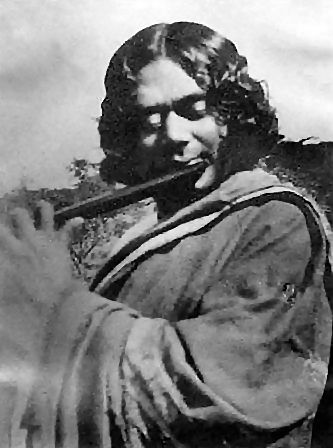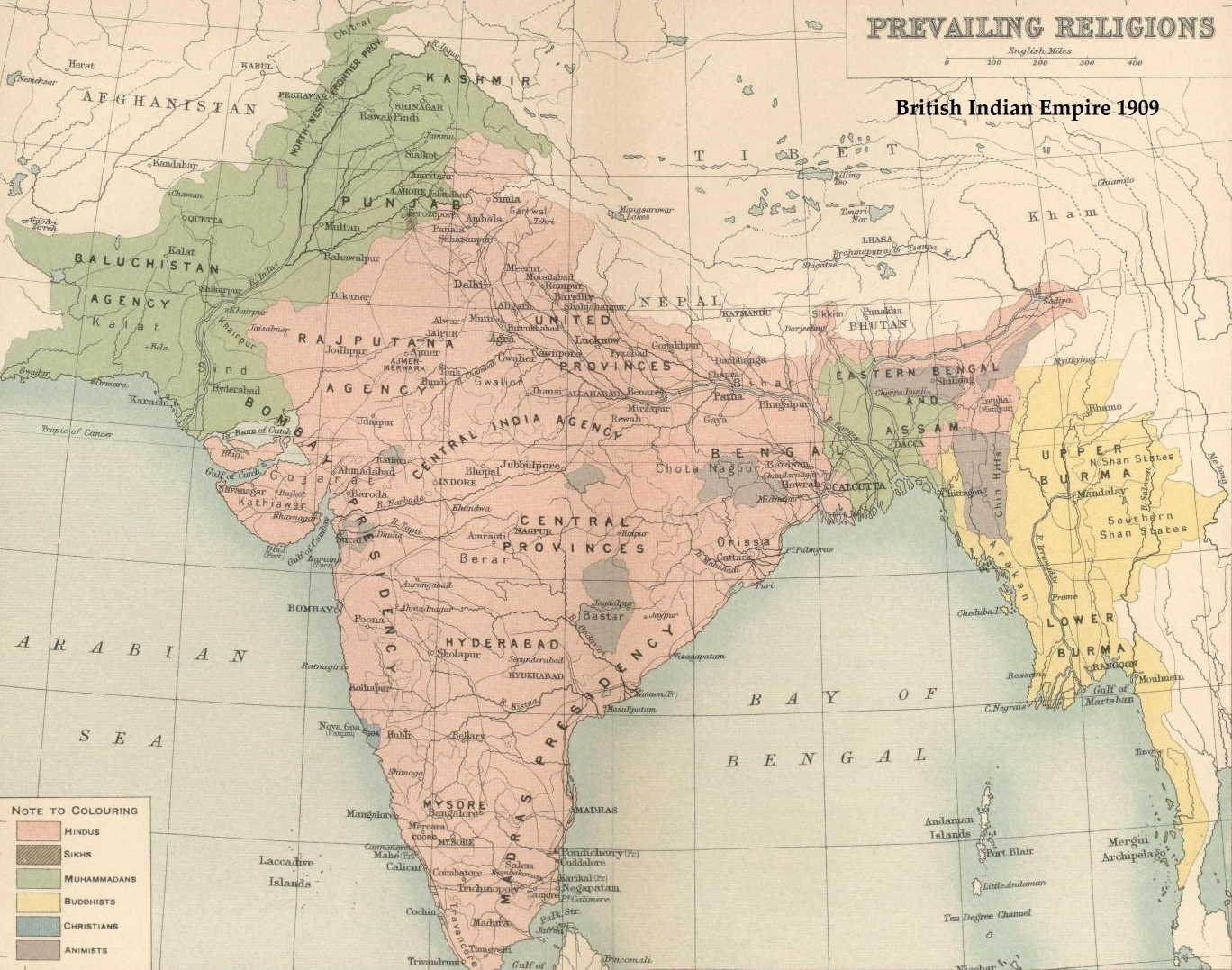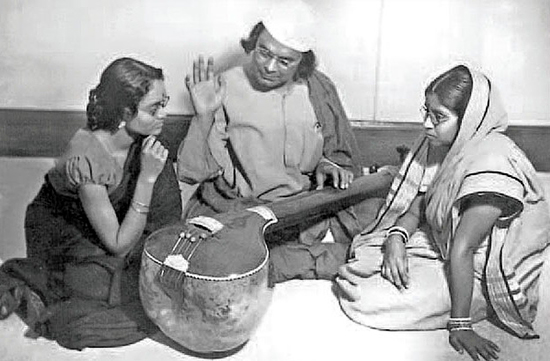|
Nazrul Geeti
Nazrul Sangeet (), also Nazrul Geeti (; ), refers to the songs written and composed by Kazi Nazrul Islam, who is the national poet of Bangladesh. Nazrul Geeti incorporate revolutionary notions as well as more spiritual, philosophical and romantic themes. Nazrul wrote and composed nearly 4,000 songs (including gramophone records), which are widely popular in Bangladesh and India. Some of the most notable Nazrul Sangeet include '' Notuner Gaan'', the national marching song of Bangladesh and '' O Mon Romzaner Oi Rozar Sheshe,'' a Bengali Islamic song on the festival of the Bengali celebration of Chand Raat and Eid-ul-Fitr. Background Nazrul showed the symptoms of keen poetic and musical talent at a young age and started writing songs when he was a member of a Leto group (Folk Musical Group). Following Kazi Bazle Karim, his uncle and a leader of a Leto group, he became an expert in composing songs and setting them to tunes. Joining the Leto group enhanced his musical career and ... [...More Info...] [...Related Items...] OR: [Wikipedia] [Google] [Baidu] |
Kazi Nazrul Islam
Kazi Nazrul Islam (24 May 1899 – 29 August 1976) was a Bengalis, Bengali poet, short story writer, journalist, lyricist and musician. He is the national poet of Bangladesh. Nazrul produced a List of works by Kazi Nazrul Islam, large body of poetry, music, messages, novels, and stories with themes, that included equality, justice, anti-imperialism, humanity, rebellion against oppression and religious devotion. Nazrul Islam's activism for political and social justice as well as writing a poem titled as "Bidrohī", meaning "the rebel" in Bengali, earned him the title of "Bidrohī Kôbi" (''Rebel Poet''). His compositions form the avant-garde music genre of Nazrul Geeti, Nazrul Gīti (''Music of Nazrul''). Born into a Bengali Muslim Qadi, Kazi family from Churulia in Bardhaman district, Burdwan district in Bengal Presidency (now in West Bengal, India), Nazrul Islam received religious education and as a young man worked as a muezzin at a local mosque. He learned about poetry, dra ... [...More Info...] [...Related Items...] OR: [Wikipedia] [Google] [Baidu] |
Shusmita Anis
Shusmita Anis is a Bangladeshi singer, designer, and business executive. She sings Nazrul Sangeet and modern Bengali songs. She is the niece of the artist Firoza Begum. Early life Shusmita Anis started playing music with her aunt at the age of five. She specializes in her uncle's (Firoza Begum's husband, Kamal Dasgupta) songs. Since an early age, Shusmita Anis has been performing on Bangladesh Television (BTV). She won the first prize in Nazrul Sangeet in 1976 in the annual national competition of performing arts, Notun Kuri, produced by BTV. Career Firoza Begum directed Shusmita Anis' first three albums. Her first album of modern Bengali songs, ''A Tribute to Kamal Das Gupta'', was released in 1998 by Raga Music, Kolkata, India. In 2006, Saregama in Kolkata, India, released her second album of Nazrul Sangeet, ''Chand Herichey Chand Mukh Tar''. Agniveena, a record company in Bangladesh, released her third album, ''Sei Gaan Sei Sur'', in 2007. In 2008, Gaanchill Music, a recor ... [...More Info...] [...Related Items...] OR: [Wikipedia] [Google] [Baidu] |
Tribhubaner Priya Muhammad
"Tribhubôner Priyô Muhammad" () is a nasheed or ghazal composed by the Kazi Nazrul Islam, celebrating the birth of Muhammad. The ghazal was composed in 1935, in the melody of " Kâtibim", a traditional Turkish folk music. Nazrul's first song in the melody of Kâtibim was " Shukno Patar Nupur Paye", which was recorded by Harimati Devi in 1933. Tribhuboner Priyo Muhammad came out two years later in 1935 in the same melody, featuring the voice of Nazrul's disciple and connoisseur Abbasuddin Ahmed. Background of the melody The melody of Tribhubôner Priyô Muhammad was considered to be inspired from Arabic folk music once. According to the researcher Asadul Haque in his article titled "Successful application of Arabic melody in Bengali songs by composer Nazrul" () in published the '' Dainik Ittefaq'', he heard the same melody of a Turkish song while staying at Ankara, Turkey In 1965. He became doubted about the claimed Arabic origin of that melody and went out for research. When he ... [...More Info...] [...Related Items...] OR: [Wikipedia] [Google] [Baidu] |
Abbasuddin Ahmed
Abbasuddin Ahmed (27 October 1901 – 30 December 1959) was a Pakistani folk song composer and singer born in the Bengal province of British India. He was known for Bhawaiya folk song which is a style commonly found in Rangpur, Undivided Goalpara district and Cooch Behar. Early life Ahmed was born in the Tufanganj subdivision of Cooch Behar district (now in India). His father, Zafar Ali Ahmed, was a lawyer at Tufanganj court. He was educated in schools and a college in North Bengal and was attracted to music by the cultural programs they offered. He was largely a self-taught composer and singer, though for a brief period he learned music from Ustad Jamiruddin Khan in Kolkata. Career Ahmed started his career by singing modern Bangla songs for the His Master's Voice studios, followed by modern songs of poet Kazi Nazrul Islam, the national poet of Bangladesh. He then proposed to Nazrul Islam to write and tune Islamic songs, which he sang in numerous numbers and recorded for ... [...More Info...] [...Related Items...] OR: [Wikipedia] [Google] [Baidu] |
Gumaite Dao Sranto Rabire
"Ghumaite Dao Shranto Robire" ("Let the Tired Sun Sleep") is a memorial song composed by Kazi Nazrul Islam. On 22nd Shravan of Bengali 1348 (7 August 1941 AD), poet Nazrul composed the poem 'Ravihara' and the said music on the death anniversary of poet Rabindranath Tagore Rabindranath Thakur (; anglicised as Rabindranath Tagore ; 7 May 1861 – 7 August 1941) was a Bengalis, Bengali polymath who worked as a poet, writer, playwright, composer, philosopher, social reformer, and painter of the Bengal Renai .... He then recorded his vocals at His Master's Voice studios with fellow artists Ela Mitra and Sunil Ghosh, which was broadcast live across India from the ' Akashvani' at Garstin Place. Lyrics References {{reflist Songs in Bengali 1941 songs Songs written by Kazi Nazrul Islam ... [...More Info...] [...Related Items...] OR: [Wikipedia] [Google] [Baidu] |
Nazrul Teaching Nazrul Sangeet
Kazi Nazrul Islam (24 May 1899 – 29 August 1976) was a Bengali poet, short story writer, journalist, lyricist and musician. He is the national poet of Bangladesh. Nazrul produced a large body of poetry, music, messages, novels, and stories with themes, that included equality, justice, anti-imperialism, humanity, rebellion against oppression and religious devotion. Nazrul Islam's activism for political and social justice as well as writing a poem titled as "Bidrohī", meaning "the rebel" in Bengali, earned him the title of "Bidrohī Kôbi" (''Rebel Poet''). His compositions form the avant-garde music genre of Nazrul Gīti (''Music of Nazrul''). Born into a Bengali Muslim Kazi family from Churulia in Burdwan district in Bengal Presidency (now in West Bengal, India), Nazrul Islam received religious education and as a young man worked as a muezzin at a local mosque. He learned about poetry, drama, and literature while working with the rural theatrical group ''Leṭor Dôl' ... [...More Info...] [...Related Items...] OR: [Wikipedia] [Google] [Baidu] |
Bangladesh Liberation War
The Bangladesh Liberation War (, ), also known as the Bangladesh War of Independence, was an War, armed conflict sparked by the rise of the Bengali nationalism, Bengali nationalist and self-determination movement in East Pakistan, which resulted in the independence of Bangladesh. The war began when the Pakistani Military dictatorship, military junta based in West Pakistan—under the orders of Yahya Khan—launched Operation Searchlight against East Pakistanis on the night of 25 March 1971, initiating the Bangladesh genocide. In response to the violence, members of the Mukti Bahini—a Guerrilla warfare, guerrilla resistance movement formed by Bengali military, paramilitary and civilians—launched a mass guerrilla war against the Pakistan Armed Forces, Pakistani military, liberating numerous towns and cities in the war's initial months. At first, the Pakistan Army regained momentum during the monsoon, but Bengali guerrillas counterattacked by carrying out widespread sabotag ... [...More Info...] [...Related Items...] OR: [Wikipedia] [Google] [Baidu] |
Bengali Music
Bengali music () comprises a long tradition of religious and secular song-writing over a period of almost a millennium. Composed with lyrics in the Bengali language, Bengali music spans a wide variety of styles. History The earliest music in Bengal was influenced by Sanskrit chants, and evolved under the influence of Vaishnav poetry such as the 13th-century '' Gitagovindam'' by Jayadeva, whose work continues to be sung in many eastern Hindu temples. The Middle Ages saw a mixture of Hindu and Islamic trends when the musical tradition was formalized under the patronage of Sultan and Nawabs and the powerful landlords '' baro bhuiyans''. The earliest record of Sufism in Bengal goes back to 11th century AD in connection with the continuation of Sufism in northern India. Shah Sultan Rumi was the first Sufi to come to Bengal, when he came to Mymensingh in 1053 AD.Sufism not only helped in the spread of Islam in Bengal, but also contributed to the eventual creation of a Musli ... [...More Info...] [...Related Items...] OR: [Wikipedia] [Google] [Baidu] |
Ghazal
''Ghazal'' is a form of amatory poem or ode, originating in Arabic poetry that often deals with topics of spiritual and romantic love. It may be understood as a poetic expression of both the pain of loss, or separation from the beloved, and the beauty of love in spite of that pain. The ghazal form is ancient, tracing its origins to 7th-century Arabic poetry. It spread into the Indian subcontinent in the 12th century due to the influence of Sufi mystics and the courts of the new Ghurid Sultanate, Islamic Sultanate, and is now most prominently a form of poetry of many languages of South Asia and Languages of Turkey, Turkey. A poem of ghazal commonly consists of five to fifteen couplets, which are independent, but are linked – abstractly, in their theme; and more strictly in their poetic form. The structural requirements of ghazal are similar in stringency to those of the Petrarchan sonnet. In style and content, due to its highly allusive nature, ghazal has proved capable of a ... [...More Info...] [...Related Items...] OR: [Wikipedia] [Google] [Baidu] |
Nazrul
Kazi Nazrul Islam (24 May 1899 – 29 August 1976) was a Bengali poet, short story writer, journalist, lyricist and musician. He is the national poet of Bangladesh. Nazrul produced a large body of poetry, music, messages, novels, and stories with themes, that included equality, justice, anti-imperialism, humanity, rebellion against oppression and religious devotion. Nazrul Islam's activism for political and social justice as well as writing a poem titled as "Bidrohī", meaning "the rebel" in Bengali, earned him the title of "Bidrohī Kôbi" (''Rebel Poet''). His compositions form the avant-garde music genre of Nazrul Gīti (''Music of Nazrul''). Born into a Bengali Muslim Kazi family from Churulia in Burdwan district in Bengal Presidency (now in West Bengal, India), Nazrul Islam received religious education and as a young man worked as a muezzin at a local mosque. He learned about poetry, drama, and literature while working with the rural theatrical group ''Leṭor Dôl'', ... [...More Info...] [...Related Items...] OR: [Wikipedia] [Google] [Baidu] |
Punjab
Punjab (; ; also romanised as Panjāb or Panj-Āb) is a geopolitical, cultural, and historical region in South Asia. It is located in the northwestern part of the Indian subcontinent, comprising areas of modern-day eastern Pakistan and northwestern India. Pakistan's major cities in Punjab are Lahore, Faisalabad, Rawalpindi, Gujranwala, Multan, Sialkot, and Bahawalpur, while India’s are Ludhiana, Amritsar, Chandigarh, Jalandhar, Patiala, Mohali, and Bathinda. Punjab grew out of the settlements along the five rivers, which served as an important route to the Near East as early as the ancient Indus Valley civilization, dating back to , followed by migrations of the Indo-Aryan peoples. Agriculture has been the chief economic feature of the Punjab and formed the foundation of Punjabi culture. The Punjab emerged as an important agricultural region, especially following the Green Revolution during the mid-1960s to the mid-1970s, and has been described as the " breadbask ... [...More Info...] [...Related Items...] OR: [Wikipedia] [Google] [Baidu] |




